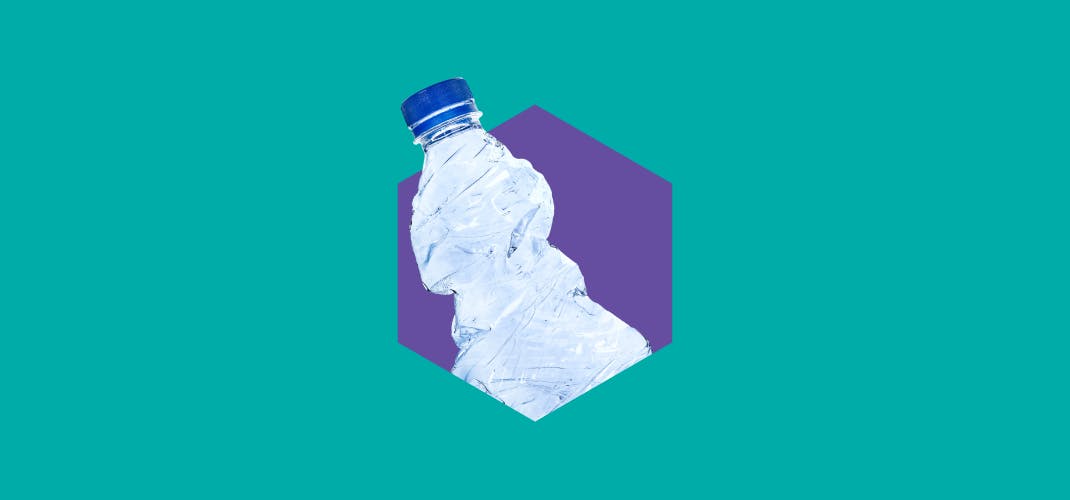
Celebrating International Women’s Day 2024
On International Women’s Day, Web Summit celebrates the remarkable achievements and invaluable contribut...

Plastic pollution is an obvious environmental problem. But it’s also increasingly being recognised as a human health issue.
At Web Summit in Lisbon, No More Plastic Foundation founder and president Rosalie Mann explained what can be done about this, and why recycling is part of the problem.
“Today, health scientists reveal that there is a link between plastic pollution – the microplastic that we ingest and breathe – and some diseases like cancer, infertility, obesity, cardiovascular disease, Crohn’s disease, endometriosis etc.,” explained Rosalie.
“Today we find microplastics in the foetus, in the placenta. So all the babies are born pre-polluted. And we cannot continue like that.”
– Rosalie Mann, founder and president, No More Plastic
And if you think that you don’t come into contact with many microplastics, the founder revealed that the average person ingests five grams of the stuff per week. How is this possible? Well, it has been found in everything from tap water to table salt.
Rosalie founded the nonprofit organisation No More Plastic six years ago when her son fell ill. “My son was very sick. And one night at the hospital, in the emergency room, a doctor said to me something that I’ll never forget: ‘It’s normal, it’s pollution’,” said Rosalie.
“Today we find microplastics in the foetus, in the placenta. So all the babies are born pre-polluted. And we cannot continue like that. I refuse,” said the founder and president.
But where are all of these microplastics coming from? The two biggest offenders are the packaging and textile industries.
According to Rosalie, “If we decide, for example, right now, to stop the use of plastic in these two industries, we would have already solved 50 percent of the problem … can you imagine?”
Can’t people just recycle plastic? Won’t that help? Apparently, it’s the reverse. “Recycling is a part of the problem,” said the No More Plastic founder.
Every time plastic is recycled, more microplastics are generated which then spread throughout the environment. And producing new plastic from recycled materials still requires fossil fuels and toxic chemicals.
Rosalie claimed that “recycling plastic wastes our precious time, it’s absolutely not a solution.”
So if recycling isn’t the fix, what is? The founder explained that humans must reconsider efforts to gather existing plastic from the environment. Additionally, instead of simply recycling again and again, eliminate the use of plastic completely by replacing it with bioplastics and similar environmentally-friendly materials.
The onus here is not on consumers, as Rosalie argued: “We will buy plastic and we don’t even know it is plastic. For example, chewing gum contains plastic, tea bags, tampons and sanitary napkins.”
The responsibility lies with manufacturers, and governments need to introduce measures – such as plastic taxes – to incentivise moves away from virgin plastic production.
Consumers can play a role by using their “voice” to demand these changes, as Rosalie implored. “It’s so important to understand right now that we have to convince the government to tax this material at the source.”
Main image of a crumpled single use plastic water bottle: Web Summit

On International Women’s Day, Web Summit celebrates the remarkable achievements and invaluable contribut...

AI saving the planet, psychedelics saving our health, and conspi...